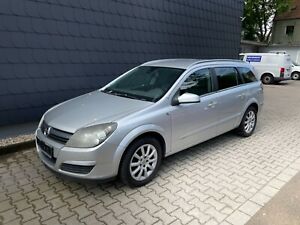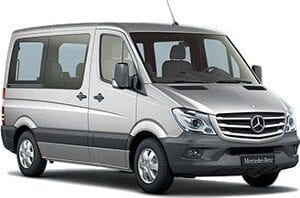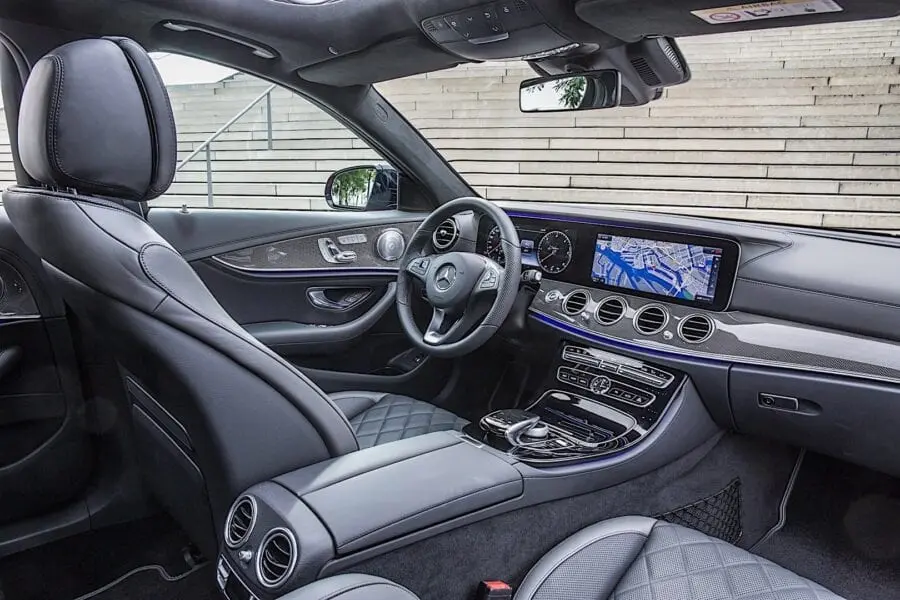
Opel Astra Caravan 1.7 CDTI (92%) Cosmo
When we start looking for them, traditions are undoubtedly among the first. For those of you who might not know, the word Caravan was coined for their vans at Opel. The fact that the Vectra Caravan is the first van to travel on roads with a longer wheelbase than other body versions also shows how strong a tradition they can boast. The solution turned out to be successful, so today almost all competitors use it, we can also see it on Astra. In the Astra Caravan, we find another trump card that you won't find anywhere else. At least not in this class. This is a three-piece folding rear seat backrest, which makes the space in the middle much more useful (read: wider and higher) than we are used to.
So, when we talk about space and its uses, there is no doubt? Astra is a family van in the truest sense of the word. Somehow its interior also works in this style. There is no bare sheet metal, the fabric on the seats is chosen carefully enough not to frighten playful children or men with a conditionally heightened sense of cleanliness, and the same could be written about plastic.
Almost everyone (especially aesthetes) may not like this. The same is the case with the average ergonomics of the driver's workplace (the gear lever is too low, the steering wheel in certain positions obscures the view) or the complex use of the information system. But that's the way it is. You will need to get used to the Opel information system and point.
You will also need to get used to the driving position. The innovations made in the 2007 Astra Caravan can be found elsewhere as well. At the front, where the new headlights, bumper and chrome cross on the radiator grille smile, inside, where the new ones have more chrome trim and trim in high-gloss black and aluminum, most of the novelty is undoubtedly hidden under the hood.
The designation 1.7 CDTI in the engine range is not new. In fact, this diesel is the only one truly offered by Opel. There are several reasons why they took it up again. One of them, of course, is that the cooperation with Fiat did not happen properly. But it is already clear today that this engine will play an important role in the future. “Downsizing” is a trend that cannot be avoided. And at Opel, they were one of the first to do this. But simply taking a smaller engine from the range and increasing its power is not enough. The engineers approached the project much more seriously.
The already known base (gray alloy block, aluminum head, two camshafts, four valves per cylinder) has been modernized with modern fuel injection (filling pressure up to 1.800 bar), a variable pitch turbocharger that responds faster, and a new one developed recirculating exhaust gas cooling system. Thus, instead of the previous 74 kW, 92 kW was squeezed out of the unit, and the torque was increased from 240 to 280 Nm, which this engine achieves at a constant 2.300 rpm.
Encouraging data, of which only one is starting to cause concern on paper. Maximum torque range. This is 500 rpm more than most others, which is well known in practice. The relatively small volume and compression ratio (18: 4) required by the engine design kill flexibility in the lowest operating range. And this engine cannot hide it. So starting the engine if you don't know how to loosen the clutch can be a problem. Driving in the city center or in congested convoys can also be tiring when you often need to speed up and then slow down.
In such driving conditions, the engine reacts sleepily and without grinding, which is not what you want. He shows his true capabilities only on the open road. And only when you find yourself there and bring the accelerator to the end, you feel what this Astra is really capable of. At first, it warns you about this with a slight push, and then begins to accelerate, as if hiding at least three deciliters more engine in the nose.
So we are there; The “larger displacement, the more power” rule will no longer be fully applied in the future, which means that we will have to behave more and more respectfully towards cars with smaller rear numbers. And not only because of their less harmful emissions. Also because of their capabilities. The fact that the Astra Caravan 1.7 CDTI is not intended for Sunday drivers is already indicated by the six-speed gearbox and the Sport button on the center console.
Matevž Koroshec
Photo: Matei Memedovich, Sasha Kapetanovich
Opel Astra Caravan 1.7 CDTI (92%) Cosmo
Basic data
| Sales: | GM South East Europe |
|---|---|
| Base model price: | 20.690 € |
| Test model cost: | 23.778 € |
| Calculate the cost of auto insurance | |
| Power: | 92kW (125 KM) |
| Acceleration (0-100 km / h): | 10,7 with |
| Maximum speed: | 195 km / h |
| Mixed flow ECE: | 6,8l / 100km |
Technical information
| engine: | 4-cylinder - 4-stroke - in-line - turbodiesel - displacement 1.686 cm? – maximum power 92 kW (125 hp) at 4.000 rpm – maximum torque 280 Nm at 2.300 rpm. |
|---|---|
| Energy transfer: | front wheel drive engine - 6-speed manual transmission - tires 205/55 R 16 H (Bridgestone Turanza RE300). |
| Capacity: | top speed 195 km / h - acceleration 0-100 km / h in 10,7 s - fuel consumption (ECE) 6,8 / 4,7 / 5,5 l / 100 km. |
| Mass: | empty vehicle 1.278 kg - permissible gross weight 1.810 kg. |
| External dimensions: | length 4.515 mm - width 1.804 mm - height 1.500 mm. |
| Inner dimensions: | fuel tank 52 l |
| Box: | 500 1.590-l |
Our measurements
| T = 20 ° C / p = 999 mbar / rel. Ownership: 46% / Meter reading: 6.211 km | |
| Acceleration 0-100km: | 12,1s |
|---|---|
| 402m from the city: | 18,1 years ( 123 km / h) |
| 1000m from the city: | 33,4 years ( 153 km / h) |
| Flexibility 50-90km / h: | 8,8 / 17,1s |
| Flexibility 80-120km / h: | 12,2 / 16,1s |
| Maximum speed: | 185km / h (WE.) |
| test consumption: | 7,7 l / 100km |
| Braking distance at 100 km / h: | 38,7m |
| AM table: | 41m |
evaluation
Are you looking for a practical and roomy van in this class? Then you found it. Are you also interested in technology and want to keep up with trends? Then this Astra will suit you. You will have to forgive the engine for clumsiness and sleepiness at its lowest operating range, so you will enjoy the moderate fuel consumption and performance that it begins to return to you when the accelerator pedal is fully depressed.
We praise and reproach
open space
utility
folding backrests
engine performance
Equipment
integrated use of the information system
flexibility in the lowest range

